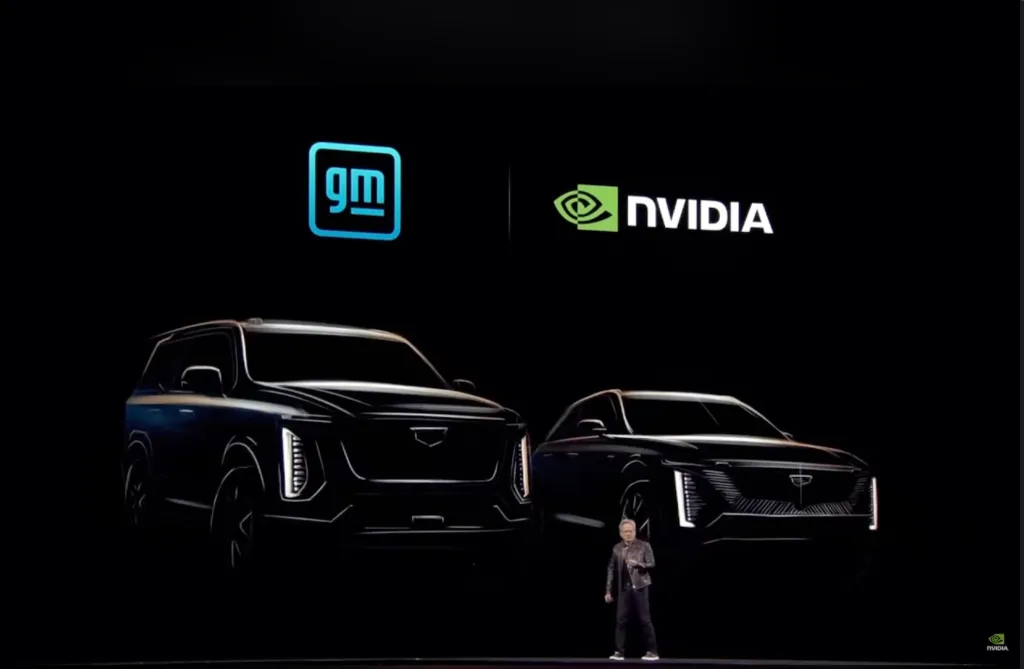
In a surprising revelation, NVIDIA’s journey into the world of autonomous vehicles can be traced back to an AI model developed more than a decade ago. This model laid the foundation for the NVIDIA’s significant investment in autonomous vehicles technology. It helped NVIDIA become a leader in the artificial intelligence and automotive industries.
The AI Breakthrough That Started It All
Back in 2010, NVIDIA researchers and engineers were experimenting with deep learning models. The models had the potential to revolutionize various industries. One of these models, developed for image recognition and pattern detection, showcased unprecedented efficiency in processing vast amounts of data. While initially designed for general AI applications, researchers quickly realized its potential for autonomous navigation.
A breakthrough occurred when NVIDIA adapted this early AI model to process real-world driving data. By training it on extensive datasets of road conditions, pedestrian behavior, and traffic patterns, the model demonstrated the ability to make split-second driving decisions. This pivotal moment convinced NVIDIA’s leadership to invest heavily in autonomous vehicle technology.
From AI Research to Self-Driving Technology
Following this realization, NVIDIA transitioned from being primarily a GPU manufacturer to a key player in AI-driven automotive solutions. The development of the NVIDIA Drive platform, which includes AI-powered processors like Drive PX and Orin, can be directly linked to the early AI model’s success. These platforms provide automakers with the computational power necessary to build and refine autonomous vehicle systems.
By leveraging AI advancements from the past, NVIDIA has played a crucial role in shaping the future of transportation. Today, its technology powers the self-driving systems of major automotive companies, including Tesla, Mercedes-Benz, and Volvo.
The Future of AI and Autonomous Driving
NVIDIA continues to push the boundaries of AI innovation. With the introduction of the NVIDIA Drive Hyperion and advancements in deep neural networks, the company aims to create fully autonomous driving solutions that ensure safety, efficiency, and reliability.
Industry experts believe that NVIDIA’s early AI model was the catalyst for its dominance in the self-driving sector. The company’s commitment to research and development has positioned it as a driving force behind the autonomous vehicle revolution.
As self-driving technology moves closer to mainstream adoption, NVIDIA’s decade-old AI model remains a testament to the power of early innovation and strategic investment. The company’s vision for AI-driven transportation is now becoming a reality, proving that even past innovations can shape the future of mobility.
Conclusion
NVIDIA’s foresight in recognizing the potential of AI for autonomous driving has cemented its place as a leader in the industry. What started as an experimental AI model over a decade ago has now evolved into a multi-billion-dollar initiative driving the next generation of intelligent transportation systems. As technology advances, NVIDIA’s investment in autonomous vehicles will continue to influence the future of mobility worldwide.





